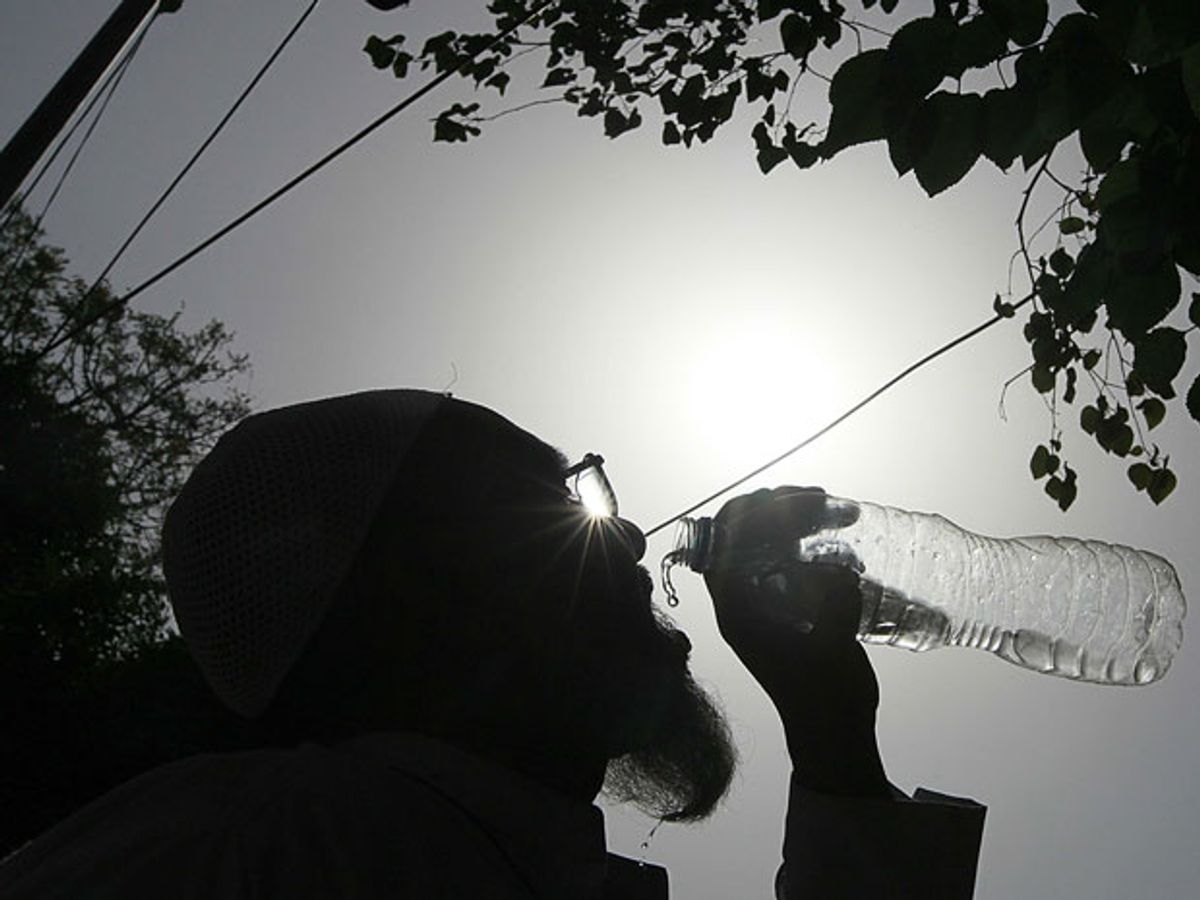Blackouts this week in New Delhi and surrounding states are providing a dramatic backdrop for a bold promise by India's new prime minister, Narendra Modi, whose Hindu nationalist party swept to power in a landslide election last month. As a scorching heatwave drove power consumption beyond the grid's capacity, Modi's government vowed to deliver "round-the-clock power for all by 2022," reports the Wall Street Journal.
That will be an awesome task. Nearly one-quarter of India's 1.26 billion citizens lack grid access. And India's utilities have struggled to keep up with demand from those who are connected. Power cuts are frequent.
The Journal article quotes Piyush Goyal, Modi's minister for power, coal, and renewable energy, who blames the shortcomings of India's power grid on the government of outgoing PM Manmohan Singh: "The previous government failed to take crucial decisions to expand grid connectivity...The sector is in a mess."
Reporting by Spectrum in recent years has identified a series of challenges facing India's power system, including insufficient power generation and transmission capacity. In July 2012, undeclared excess power consumption by several Indian states sparked a pair of massive blackouts. The second cut power to more than 600 million people—more than any blackout before or since.
The previous government was not entirely lacking in action. For instance, major transmission links between India's five regional grids have been upgraded from 400 kilovolts to 765 kV. (Though the decision to complete one upgrade in mid-summer contributed to the 2012 outages).
The prior government also backed greater use of renewable energy. For instance, it promoted irrigation via solar water pumps to reduce strain on India's grid and reduce farmers' reliance on costly, polluting diesel generators. The prior government co-financed solar pumping for over 10,000 farmers in the especially poor, dry state of Rajasthan, according to The Ecologist. And in February it launched an initiative to install 26 million solar pumps nationwide.
But Modi's new government does have a good story to tell. As chief minister for Gujarat, Modi oversaw major upgrades that made the northwestern state a net exporter of electricity, insulating it from the 2012 blackouts according to the Times of India. And the Gujarat electrification program's use of separate distribution feeders for domestic, agricultural, and industrial loads appears to be spurring economic development. Separate feeders mean grid controllers can prioritize money-making ventures, thus reassuring investors that their operations will deliver.
Modi's new national government has yet to offer many details on its energy plan beyond affirming India's ongoing build-out of nuclear power and the Jawaharlal Nehru National Solar Mission (named for India's first prime minister). Launched in 2010, the solar mission targets deployment of 20 gigawatts of grid-connected solar power by 2022. Last year, India nearly doubled its solar capacity to 2.18 GW.
Peter Fairley has been tracking energy technologies and their environmental implications globally for over two decades, charting engineering and policy innovations that could slash dependence on fossil fuels and the political forces fighting them. He has been a Contributing Editor with IEEE Spectrum since 2003.



